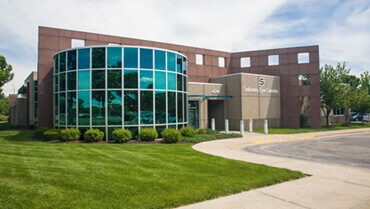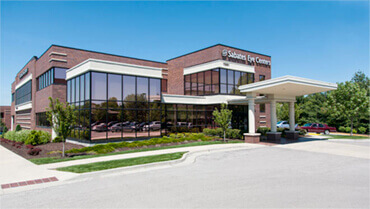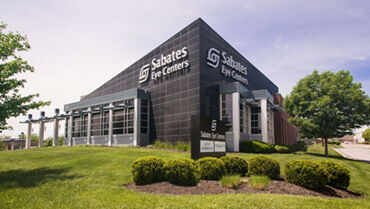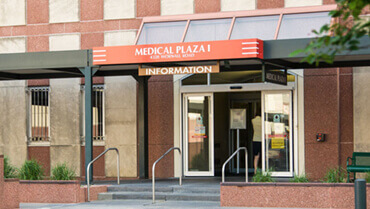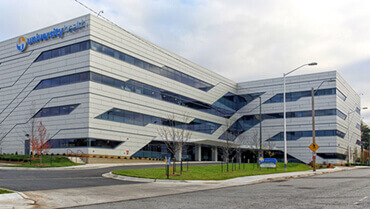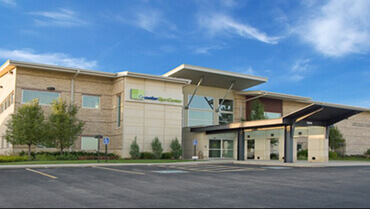An Eye For The Eyes: What is an Oculoplastic Surgeon and Why You Might Need One
Posted by: Eyesthetics at Sabates Eye Center in Eyelid Surgery on August 27, 2021
80% of our memories are determined by what we see
Which highlights the importance of choosing a surgeon who has been extensively trained when considering eyelid surgery.
Why does this matter?
Consider the long-lasting impact of an eyelid complication if a surgeon doesn’t understand or respect the intricacies of the eyelid. When surgical compilations do occur they are referred to an oculoplastic surgeon to correct.
But where do you start? In a sea of plastic surgeons, what separates one from another? Expertise and experience are valid criteria to consider, but did you know that there are physicians (only 650 in the US to be specific), belonging to a highly-selective subspecialty of ophthalmology, that perform surgeries exclusively on the eyelids and surrounding areas of the face?
Enter the Oculoplastic Surgeon. A dual-trained surgeon who combines the precision of ophthalmology with the aesthetic and reconstructive aspects of plastic surgery. It is this blend of training that provides an essential balance between performing cosmetic and corrective surgery while maintaining the natural form and function of the eyelids.
Following medical school, an oculoplastic surgeon undergoes a one-year internship and a three-year residency in ophthalmology to train on the delicate details of the eye. This training is followed by two additional years in an extremely competitive fellowship where an oculoplastic surgeon develops an intricate knowledge of the anatomy of the tissues around the eye. There are only 20 oculoplastic fellowships in the country each year.
This directive study is far more comprehensive than the residency requirements for a general or facial plastic surgeon, where training is divided among other areas of the face or body. There is far more educational ground to cover, which limits the study devoted to periocular conditions. Where plastic surgeons perform a variety of procedures, an oculoplastic surgeon spends two additional years with a specific focus on eyelid surgery.
Here are some common things we see in our practice every day:
Ptosis
If the muscle that controls the upper eyelid is not addressed or is injured during the procedure, the eyelid can droop, requiring additional surgery to correct. This can also result in obvious eyelid asymmetries.
Scarring
The eyelid is very unforgiving. Incisions have to be placed in the perfect position to maintain your won natural look. Furthermore, scarring can happen inside the eyelid causing the lower lid to pull down away from the eye or the upper eyelid not to close. Aggressive eyelid surgery is very common and can leave you with lifelong challenges.
Lagophthalmos
The inability to fully close the eye occurs when too much skin is removed during surgery. This can lead to dry eye and corneal infections, which can permanently affect vision. The treatment can be challenging and has led to cornea transplants. With any surgery, there are always inherent risks that should be considered. However, in the hands of a skilled oculoplastic surgeon, eyelid surgeries such as upper and lower eyelid blepharoplasty can offer significant improvement for patients seeking a more youthful and rejuvenated appearance.
For more information about eyelid surgery or to schedule a consultation with our doctors to discuss your options, please contact our practice today.

